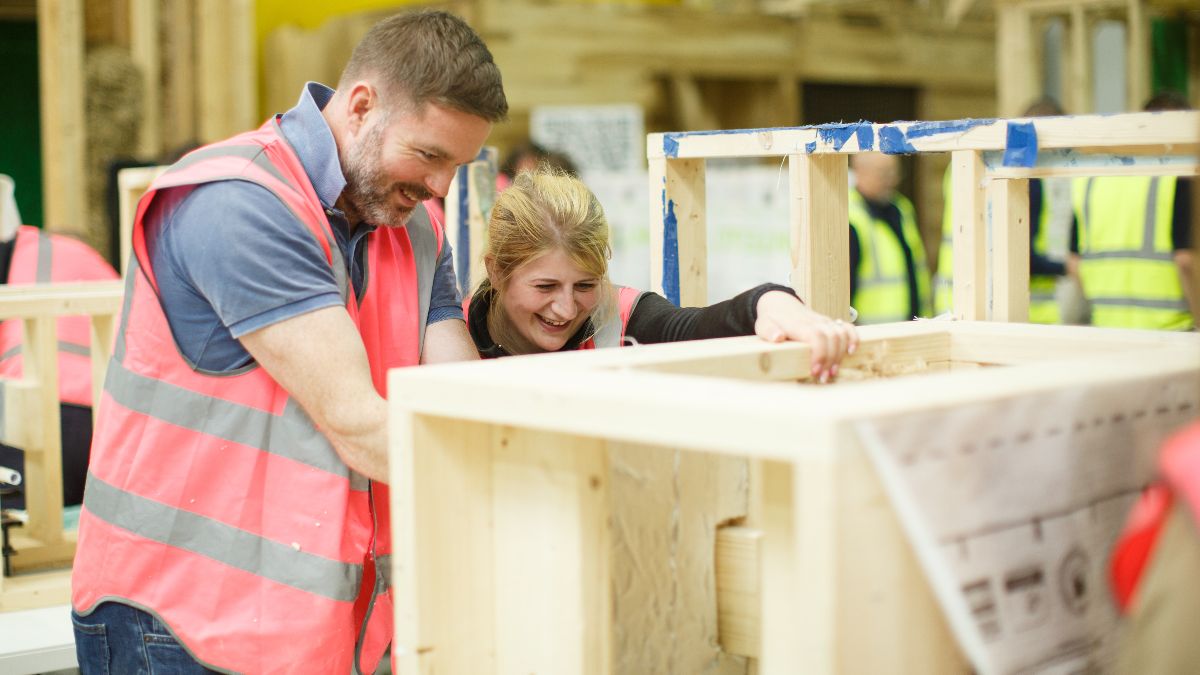
THE Passivhaus Trust has set out its key recommendations for how a Scottish equivalent to the Passivhaus standard could be delivered.
The Scottish Government’s proposal to introduce design standards for all new build housing to meet a Scottish Passivhaus equivalent goes out to consultation this summer and is due to be adopted as legislation in December.
To support the process, the Passivhaus Trust has set out a number of recommendations including the need for a transition period for the construction industry to prepare for the policy. This is to allow for upskilling and training once the industry has clarity on the exact policy requirements.
The Passivhaus Trust also said the policy should be based on the full Passivhaus standard and its metrics, so that Scotland can benefit from the ‘tried and tested’ international methodology. As an incentive to encourage speedy adoption, the Trust is suggesting that buildings built to the Passivhaus standard are considered ‘deemed to satisfy’ Scottish building regulations from January 2025.
The Trust has also identified a specific training need for ventilation system engineers, and training for those involved in certification. To maintain the quality assurance standards of Passivhaus and embed them into a Scottish context, the Passivhaus Trust is proposing that local authority verifiers and Section 6 assessors are trained to undertake the quality assurance for the Passivhaus equivalent standard.
To support the transition, the Passivhaus Trust proposes that social housing providers receive additional funding, through a modification of additional supported measures within affordable housing investment benchmarks.
Sarah Lewis, research & policy director at the Passivhaus Trust, said, “Scotland is leading the way in developing building standards that will radically cut heating bills, improve indoor air quality and comfort, and deliver quality homes that perform as designed. The Passivhaus Trust is here to support the Scottish Government and construction industry’s move towards a Scottish Passivhaus equivalent standard.
“We have identified numerous ways that we can help the Scottish construction industry through that transition. We have been impressed with the can-do attitude of the construction industry involved in delivering Passivhaus schools in Scotland. However, we need time to ensure that the Scottish construction industry is fully prepared and ready to deliver Passivhaus equivalent homes at scale, so have identified that a transition period is essential”
Caitriona Jordan, head of retrofit programmes at Built Environment – Smarter Transformation (BE-ST), added, “Since March 2021, BE-ST has upskilled over 3,000 people in Passivhaus standards and the fabric first approach. It is really useful to identify the key training needs for the uptake of a Scottish Passivhaus equivalent policy.
“It is possible to close the skills gap, train the workforce in Passivhaus, and meet the needs for implementation of the new building regulations at scale. BE-ST is ready to help make that happen.”











